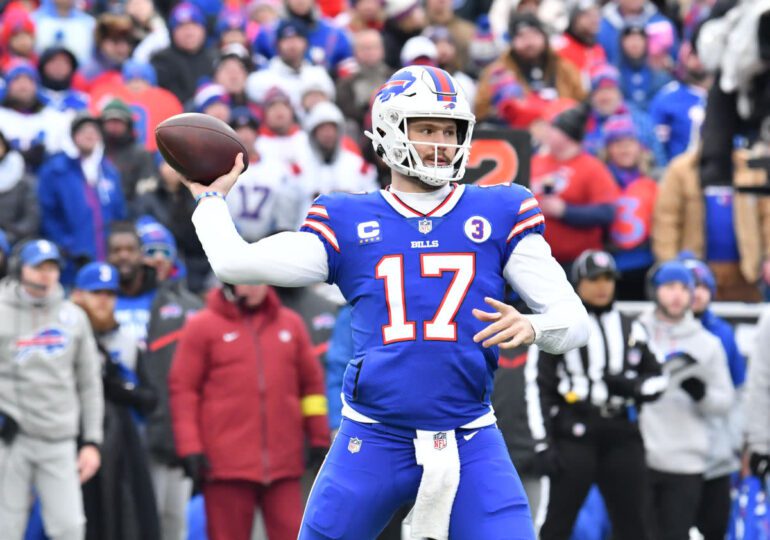TL;DR:
- Amazon’s digital ad sales surged by 26%, surpassing Google and Meta.
- CEO Jassy attributes success to owned properties and e-commerce dominance.
- “Thursday Night Football” on Prime Video drove 25% higher ratings, benefiting advertisers.
- Prime Video plans to introduce limited ads in 2024.
- Amazon leverages machine learning to enhance sponsored product ads.
- Expansion plans include integrating advertising into video, audio, and third-party sites.
- Amazon unveils new advertising products at the UnBoxed conference.
Main AI News:
Amazon’s dominance in the digital advertising arena continues to soar, with an impressive 26% growth rate that outpaces not only its previous quarter but also giants like Google (11%) and the rising Meta (23%). In a recent earnings call, CEO Jassy highlighted Amazon’s distinct capabilities and offerings as the driving force behind this remarkable achievement.
One of Amazon’s key strengths lies in its portfolio of owned and operated properties, boasting substantial traffic volumes coveted by advertisers and brands alike. Even in the face of economic challenges, the e-commerce juggernaut remains a hotbed of consumer activity. Advertisers are keen to position themselves in Amazon’s thriving marketplace, recognizing the value of engaging with its vast customer base.
A standout example of this synergy is the remarkable performance of “Thursday Night Football” on Prime Video, which has witnessed a 25% surge in ratings compared to the previous year. Jassy pointed out that this surge in viewership has significantly bolstered Amazon’s advertising efforts, attracting brands looking to connect with an engaged audience of approximately 13 million viewers each week.
As previously announced, Prime Video is set to introduce limited advertisements in early 2024. This strategic move is poised to further accelerate Amazon’s already impressive ad growth. However, Amazon is determined to differentiate itself by offering “meaningfully fewer ads” than traditional linear TV and other streaming TV providers. This approach aims to retain subscribers in a highly competitive streaming landscape. Notably, initial pricing for Amazon’s new Prime Video ad tier has faced scrutiny from media buyers, as reported by Ad Age.
Amazon’s commitment to harnessing the power of machine learning to enhance the relevance of its sponsored product ads has been instrumental in improving ad performance for advertisers. This data-driven approach could prove enticing for advertisers seeking substantial ad exposure while navigating budget constraints. Looking ahead, Jassy noted that Amazon has only scratched the surface when it comes to integrating advertising into various media formats, including video, audio, and grocery. Additionally, the company is expanding its reach by placing sponsored products on third-party platforms such as Pinterest, Hearst Newspapers, and Buzzfeed.
In a bid to attract more advertisers, Amazon recently unveiled a range of innovative advertising products at its annual UnBoxed conference. These offerings include a new data clean room tailored for publishers and a generative artificial intelligence (AI) solution designed to enhance campaign assets. As Amazon’s advertising ecosystem continues to evolve, it’s evident that the company remains committed to innovation and growth in this dynamic sector.
Conclusion:
Amazon’s impressive 26% growth in ad sales, fueled by sports content and machine learning, demonstrates its continued dominance in the digital advertising market. The company’s strategic moves, such as limited ad introduction on Prime Video and innovations in advertising products, position Amazon as a formidable force in the industry, with a competitive edge over rivals like Google and Meta.

